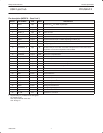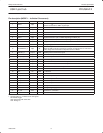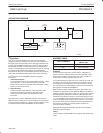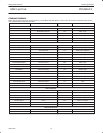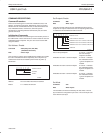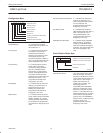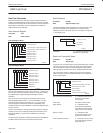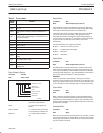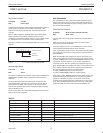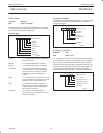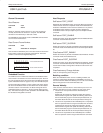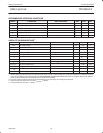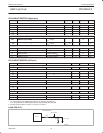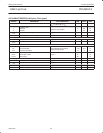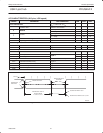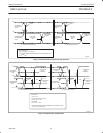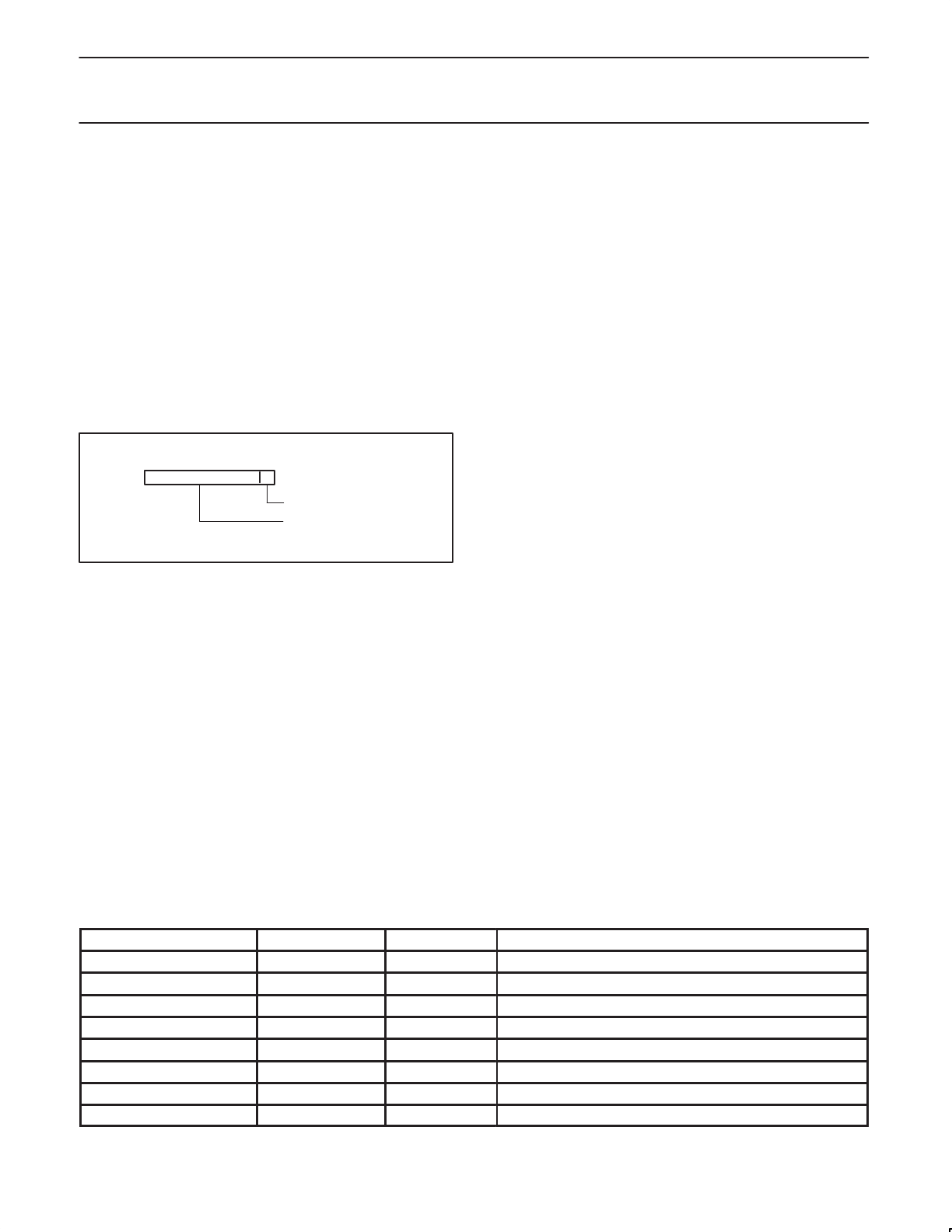
Philips Semiconductors Product specification
PDIUSBH12USB 2-port hub
1999 Jul 22
15
Set Endpoint Status
Command : 40–4Dh
Data : Write 1 byte
A stalled control endpoint is automatically unstalled when it receives
a SETUP token, regardless of the content of the packet. If the
endpoint should stay in its stalled state, the microcontroller can
re-stall it.
When a stalled endpoint is unstalled (either by the Set Endpoint
Status command or by receiving a SETUP token), it is also
re-initialized. This flushes the buffer and if it is an OUT buffer it waits
for a DATA 0 PID, if it is an IN buffer it writes a DATA 0 PID.
Even when unstalled, writing Set Endpoint Status to ‘0’ initializes the
endpoint.
765432
X
1
0
0
POWER ON VALUE
STALLED
RESERVED
XXXXXX
SV00834
Stalled A ‘1’ indicates the endpoint is stalled.
Acknowledge Setup
Command : F1h
Data : None
The arrival of a SETUP packet flushes the IN buffer and disables the
Validate Buffer and Clear Buffer commands for both IN and OUT
endpoints.
The microcontroller needs to re-enable these commands by the
Acknowledge Setup command. This ensures that the last SETUP
packet stays in the buffer and no packet can be sent back to the
host until the microcontroller has acknowledged explicitly that it has
seen the SETUP packet.
The microcontroller must send the Acknowledge Setup command to
both the IN and OUT endpoints.
Hub Commands
Hub commands are used to report connectivity and power status
between the hub and the host. These commands allow the host to
enable each port individually and get any change of status such as
new connectivity information.
Clear/Set Port Feature
Command : E0–E1h (Clear) and E8h–E9h (Set)
Data : Write 1 byte
The data written in the data phase is the feature code described in
Table 4.
When the controller receives a Set Feature or a Clear Feature
request, there are two possibilities:
The request applies to port 1, the embedded port. In this case the
request should be handled internally by the controller.
If the request applies to ports 2 and 3, the controller should translate
the request into a Set Feature or Clear Feature command towards
the PDIUSBH12.
When the PDIUSBH12 is configured in mode 0, there is only one
power switch output and one overcurrent input. This means that the
F_PORT_POWER and C_PORT_OVERCURRENT features are not
port specific. For these features, any of the Set / Clear Feature
commands can be used. The specific port assignment is ignored.
When the PDIUSBH12 is configured in mode 1, there is still only one
power switch output but there are two individual overcurrent input
pins corresponding to each port. This means that the
F_PORT_POWER feature is port specific and the
C_PORT_OVERCURRENT feature is not port specific.
Setting the F_PORT_POWER feature turns the power on when it is
off and turns the overcurrent detection on only when the power is
already on. This allows it to have a short period of overcurrent
condition at the moment that power is switched on. For this reason,
the F_PORT_POWER feature needs to be set twice. Clearing this
feature turns both the power and the overcurrent detection off.
Table 4.
FEATURE FEATURE CODE SET CLEAR
F_PORT_ENABLE 0 Enables a port Disables a port
F_PORT_SUSPEND 1 Suspends a port Resumes a port
FC_PORT_RESET 2 Resets a port Clears a port Reset Change bit
F_PORT_POWER 3 Powers all ports Unpowers all ports
C_PORT_CONNECTION 4 – Clears a port Connection Change bit
C_PORT_ENABLE 5 – Clears a port Enable Change bit
C_PORT_SUSPEND 6 – Clears a port Suspend Change bit
C_PORT_OVERCURRENT 7 – Clears a port (Mode 1) or hub (Mode 0) Overcurrent Change bit



